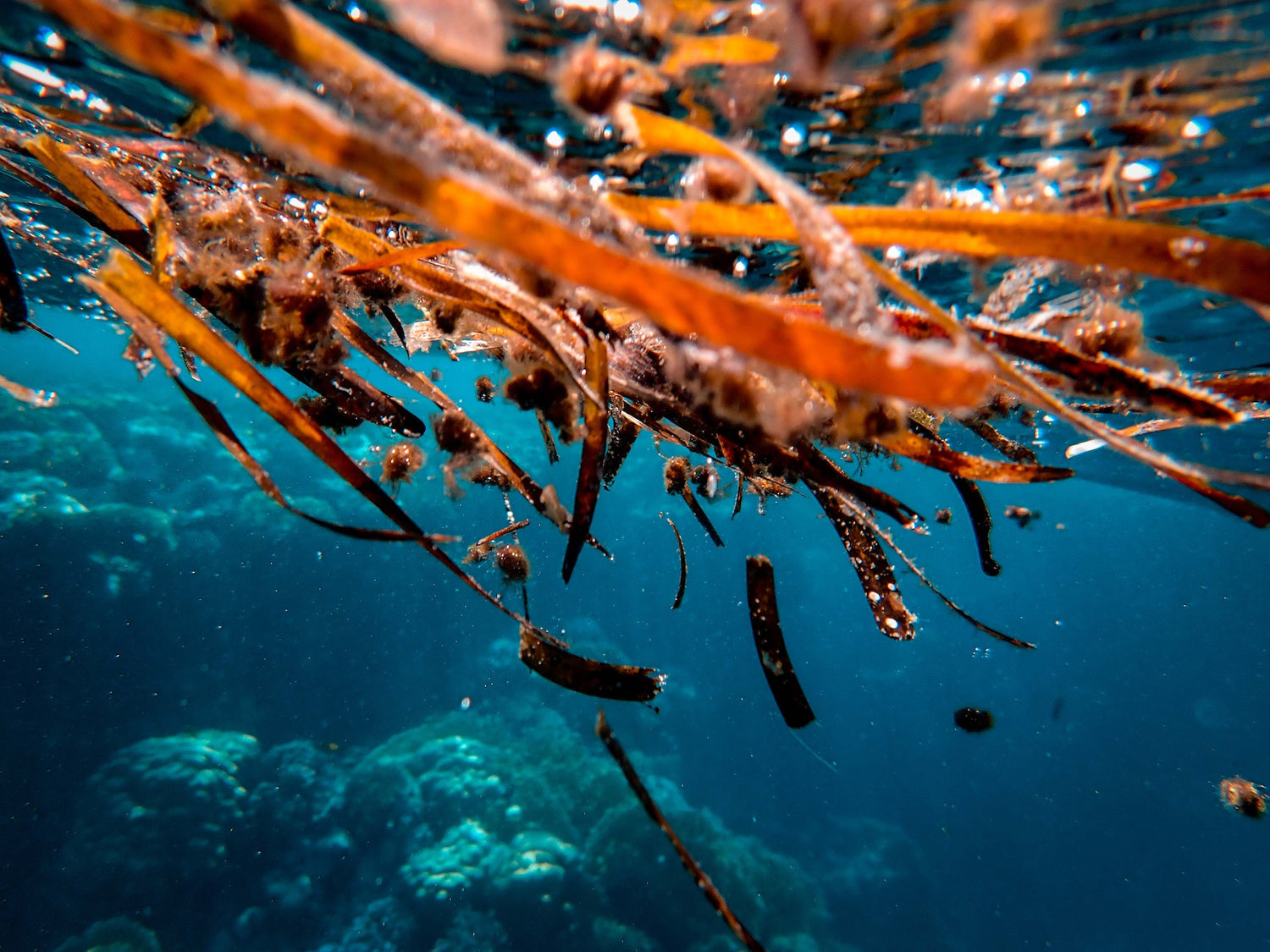In the ongoing effort to combat climate change and reduce greenhouse gas emissions, innovative solutions are emerging to address the urgent need for carbon removal. One promising approach gaining traction is ocean carbon removal. Companies like Running Tide are at the forefront of pioneering new methods to sequester carbon and mitigate the impacts of climate change. This article explores the world of ocean carbon removal, examining the potential of this groundbreaking technology and its implications for conservation and commerce.
Understanding Ocean Carbon Removal
Ocean carbon removal involves tapping into the vast capacity of the oceans to absorb and store carbon dioxide. The process capitalizes on the carbon cycle, where carbon dioxide from the atmosphere naturally exchanges with the ocean's surface waters. Marine organisms play a crucial role by absorbing some of the carbon dioxide to build their shells and skeletons. When these organisms die, the carbon sinks to the ocean depths, where it can remain stored for centuries.
However, rising atmospheric carbon dioxide levels have led to increased ocean acidification, hindering marine organisms' ability to grow and thrive. Ocean carbon removal technologies aim to counteract this acidification by neutralizing seawater acidity, facilitating enhanced carbon storage. By mimicking and optimizing natural processes, these technologies have the potential to scale up carbon sequestration efforts and contribute to global climate goals.
Running Tide: Pioneering Ocean Carbon Removal
One company leading the charge in ocean carbon removal is Running Tide. Founded in 2017, Running Tide has developed innovative methods to sink biomass, such as waste wood, to the ocean floor. By capturing carbon in the wood before it decomposes and sinking it to the deep ocean, Running Tide effectively sequesters carbon for extended periods, preventing its release into the atmosphere.
Running Tide's carbon removal system involves sourcing waste wood, treating it to account for carbon emissions during transportation, and sinking it to the ocean floor. Controlled experiments off the coast of Iceland have demonstrated significant carbon dioxide sequestration. These achievements have garnered attention from investors, with Microsoft among the clients supporting Running Tide's efforts.
The Science Behind Ocean Carbon Removal
While the science behind ocean carbon removal is complex, it holds immense potential for addressing climate change. Companies like Ebb Carbon leverage Earth's existing systems to neutralize seawater acidification and enhance carbon storage. Ebb's technology involves scrubbing acid from seawater, resetting the natural system's ability to sequester carbon deep in the ocean. By treating seawater and enabling it to absorb more carbon, Ebb's approach offers a cost-effective and scalable solution for carbon removal.
Researchers at the Pacific Northwest National Laboratory are also exploring enhancing ocean alkalinity to counteract acidification. Using water treated by Ebb's system, they study the effects of varying acidification levels on marine organisms. The goal is to develop localized mitigation strategies to slow or reverse ocean acidification impacts in specific areas.
Conservation and Ocean Carbon Removal
While ocean carbon removal shows promise in addressing climate change, it raises considerations for conservation and ecosystem health. Introducing new technologies and interventions in the ocean ecosystem must be approached with caution to avoid unintended consequences. Responsible research, monitoring, and transparency are emphasized by scientists and experts in ocean carbon removal projects.
One concern is the potential impact of sinking biomass, such as wood, on ocean ecosystems. Running Tide and other companies assert that their methods, guided by scientific research, have shown minimal negative effects on marine ecosystems. However, the long-term ecological risks and cumulative effects of large-scale carbon removal initiatives are still under study.
The Role of Governments and Research Institutions
As ocean carbon removal evolves, the role of governments and research institutions becomes increasingly crucial. Establishing legal frameworks and oversight mechanisms for ocean carbon dioxide removal is essential to ensure responsible industry operation and mitigate potential risks. Governments can support research and development efforts by providing funding and creating incentives for innovation in carbon removal technologies.
Collaboration between scientists, entrepreneurs, and policymakers is vital in advancing understanding of ocean carbon removal and its potential applications. Academic collaboration can contribute to standardized methodologies, data transparency, and verification processes. By sharing knowledge and data, the scientific community can collectively work towards improving and refining ocean carbon removal technologies.
Embracing a Multi-Faceted Approach to Carbon Removal
Ocean carbon removal is one piece of the puzzle in addressing climate change, complementing efforts such as decarbonizing energy systems, transitioning to renewable sources, and promoting sustainable practices. A multi-faceted approach to carbon removal is necessary for significant and lasting greenhouse gas emission reductions.
In addition to sinking biomass, other innovative methods are being explored, including extracting hydrogen from ocean water and dosing it with antacids. Algae farming and burial in desert areas are also investigated as potential solutions. The diversity of approaches reflects the complexity of the carbon removal challenge and the need for a range of solutions to meet the magnitude of the problem.
The Road Ahead: Challenges and Opportunities
While ocean carbon removal holds great promise, challenges arise as the industry scales up. Engineering obstacles, ecological uncertainties, and the need for patient capital for long-term projects are hurdles faced by companies in this space. Balancing urgency with scientific rigor and responsible ocean stewardship remains a priority.
Despite challenges, the potential benefits of ocean carbon removal cannot be ignored. By harnessing the power of the ocean, we can unlock new possibilities for carbon sequestration and contribute to global climate goals. As the industry evolves, collaboration, transparency, and a commitment to ecological sustainability are essential to ensure that ocean carbon removal becomes a viable and impactful solution in the fight against climate change.
Conclusion
Ocean carbon removal represents an exciting frontier in the battle against climate change. Companies like Running Tide and Ebb Carbon are pioneering innovative technologies to leverage the ocean's natural processes for carbon sequestration. While challenges and uncertainties remain, the potential of ocean carbon removal to contribute to global climate goals cannot be understated. By embracing a multi-faceted approach, collaborating with scientists and policymakers, and prioritizing responsible stewardship of the ocean, we can unlock the full potential of this groundbreaking technology. The future of carbon removal lies in our ability to harness the power of the ocean and work towards a more sustainable and resilient future.


















Leave a comment
All comments are moderated before being published.
This site is protected by hCaptcha and the hCaptcha Privacy Policy and Terms of Service apply.